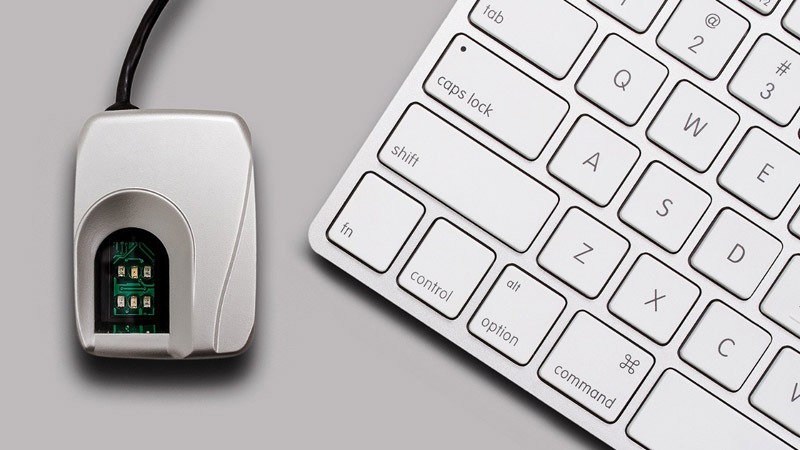The Consumer Electronics Show (CES) in Las Vegas this week is the premier event for showcasing game-changing technologies that will make everyday products smarter, safer and more convenient. Take the car, for example. Autonomous and connected cars have been all the rage at this year’s show with more than 130 companies expected to unveil some kind of automotive technology. Today, in fact, Visa and Honda announced its proof-of-concept connected car that makes paying for things, like gas and parking, easy and painless. Drivers no longer need to rummage through their wallets to pay by pump or meter; instead, they pay via two in-car apps (both developed alongside infrastructure partners Gilbarco Veeder-Root, a technology gas station developer, and IPS Group, Inc., a maker of wireless payment solutions for parking meters).
According to Gartner, some 250 million connected cars worldwide will be on the road by 2020, just three years away. Visa’s in-car purchasing announcement followed just days after Faraday Future offered a first look into its 2018 FF 91 electric car, which the company goes as far to call “the first of a new species.” New species might sound like a catchy marketing phrase but it’s not far from the truth. The car of the future will embody the intelligence to understand a driver’s needs and act on them instantly. These cars will literally let drivers sit back, relax and enjoy the ride—from connecting drivers to the digital world while on the road to self-driving. (Honda also announced at the show its plans to equip cars with self-driving technology from Alphabet’s Waymo unit).
Cars will be an important entry point for linking to the ever-expanding universe of data, smart devices and the consumer benefits they yield, which leaves the auto industry poised to shift gears—join the race to turn cars into technology hubs or take a back seat to those that do. Sure, drivers do not need a new set of digital distractions so it’s important for any new software to be relevant, practical and simple to use. It should streamline, not complicate the act of driving.
As development continues on autonomous driving systems though, connected cars offer more immediate technological enhancements without pushing users beyond their comfort zone. Cars stand firmly among the Internet of Things—enabling connection, utilizing data and facilitating consumer demands. Payments are one way connected cars can offer on-the-go convenience by leveraging that connectivity with purchasing power.
Powered by Visa Token Service, a secure platform for mobile transactions, in-car payments will soon be within a driver’s reach. Drivers will be able to view and complete their purchases to smart parking meters and fuel pumps directly from their Honda consoles (CES attendees can get a preview at the Honda booth LVCC, North Hall – 7312, Jan. 5-8). These are just the latest examples in advancing digital payments, but they are more than a new way to spend money; they are part of the next, transformative phase for the automotive industry. The ability to make necessary purchases from the comfort of a car, without having to pull out a credit card or another device, can save drivers time, get them to their destinations faster and more efficiently, and may ultimately make them safer down the road. More than ever, though, an appropriate balance between what’s possible and what provides real, relevant utility will need to be struck. The Visa-Honda proof-of-concept addresses this need, and exemplifies what awaits on the near horizon.

